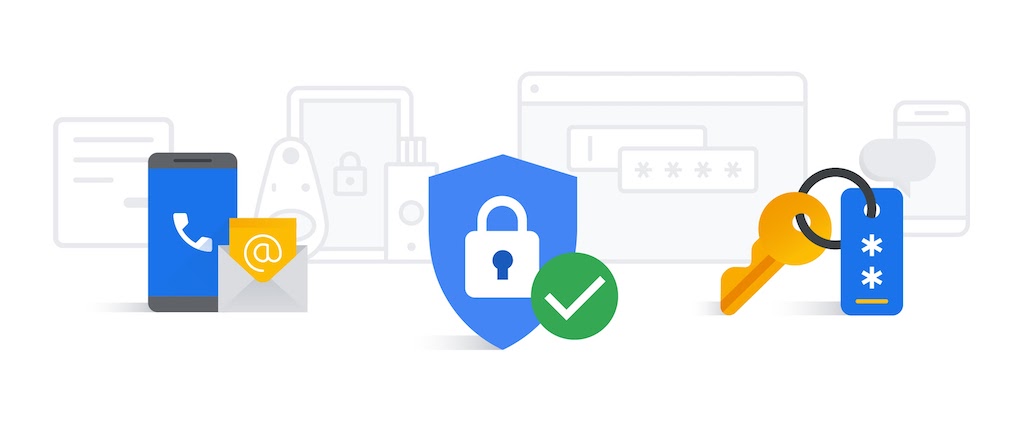What is Google Security Checkup?

December 16, 2020
In the current Digital Age, having a personal online account is taken for granted. An online account represents a physical, real person, it’s the mediator we use whenever we have to do pretty much anything on the Web.

So, your account holds all of your private info – your real name, your date of birth, your gender, your email or phone number, the country you were born in, the country you currently live in. Without a doubt, the thought that some stranger could get their hands on this kind of data is extremely unnerving. Sensitive data breach/theft is a serious problem, to the point that it could endanger people’s lives.

To protect our accounts from such a threat, we must take the necessary precautions before it’s too late.
Google Security Checkup
If you have a Google Account, you may already know about Google’s Security Checkup. This feature will help you keep your Google Account safe by analyzing possible ways in which your account might be in jeopardy and warning you about it.

GSC will safeguard the Account by telling you, for instance, if you need to change a password you entered somewhere that has been compromised. But it also shows which third-party apps may have access to your sensitive info, or it will tell you the account verification methods currently in use.
How to do a Security Checkup
You can get personalized security recommendations for your Google Account with Google Security Checkup. Here are some more in depth examples on how you can do so by visiting this page.
1) Add or update account recovery options

Your recovery phone number and email address are powerful security tools. By using this kind of contact info, you’ll be able to:
- block someone from using your account without your permission
- get notified if there’s suspicious activity on your account
- recover your account if you’re ever locked out
If you need help, learn how to add or change your recovery phone number or email address here.
2) Turn on 2-step Verification

2-step verification is useful to prevent a hacker from getting into your account, even if your password was stolen. This is possible because the person who’s trying to break into your account will need a second info to succeed. To avoid common phishing techniques associated with text message codes, choose a stronger second verification step:
- Security keys (the most secure verification step)
- Google Prompts (it’s more secure than text message codes)
Increased security: Advanced Protection
If you’re a journalist, activist, or someone else at risk of targeted online attacks, consider enrolling in the Advanced Protection Program for a higher level of security: Advanced Protection uses security keys to protect against phishing and includes other protections like blocking unsecure apps.
3) Remove risky access to your data

Removing account access for any non-essential apps to better protect sensitive information is also a great idea. You can:
- manage apps with access to your account (learn how here) and learn more about the risks here
- turn off access for apps that use less secure sign-in technology (click here for more info)
4) Turn on screen locks

Screen locks will help protect your devices from being used without your permission. Go here to learn how to set screen locks on an Android device. If you need info for adding a screen lock on other devices and computers, visit the manufacturer’s support site.








